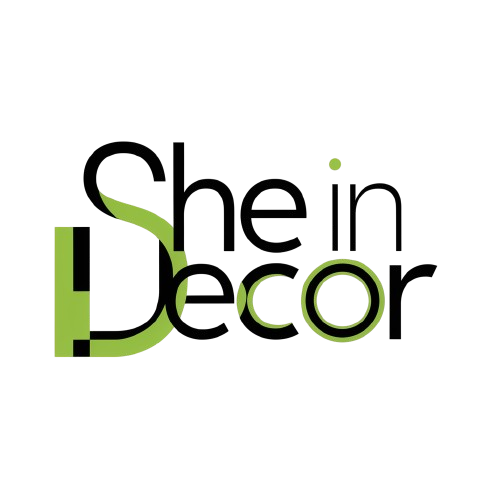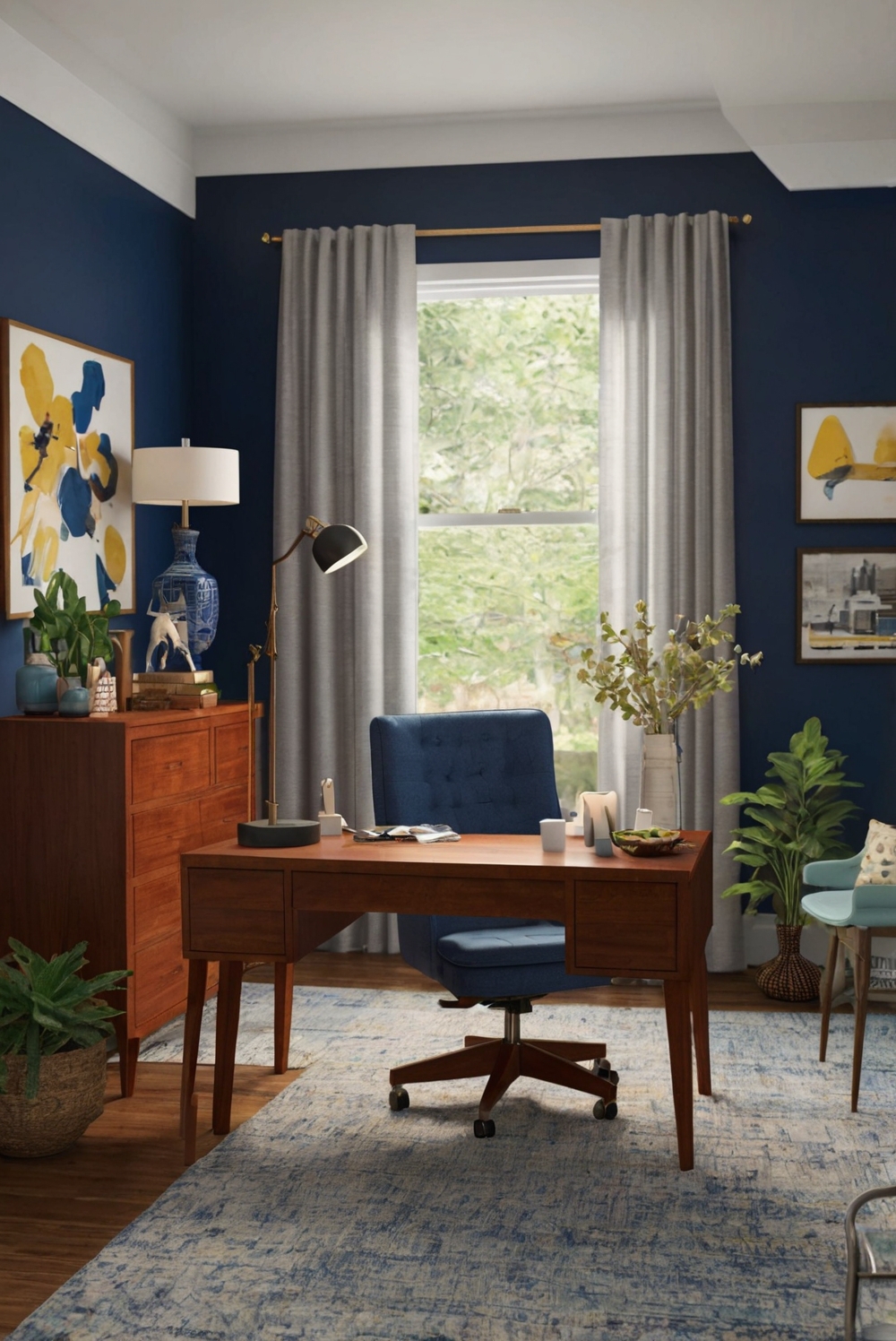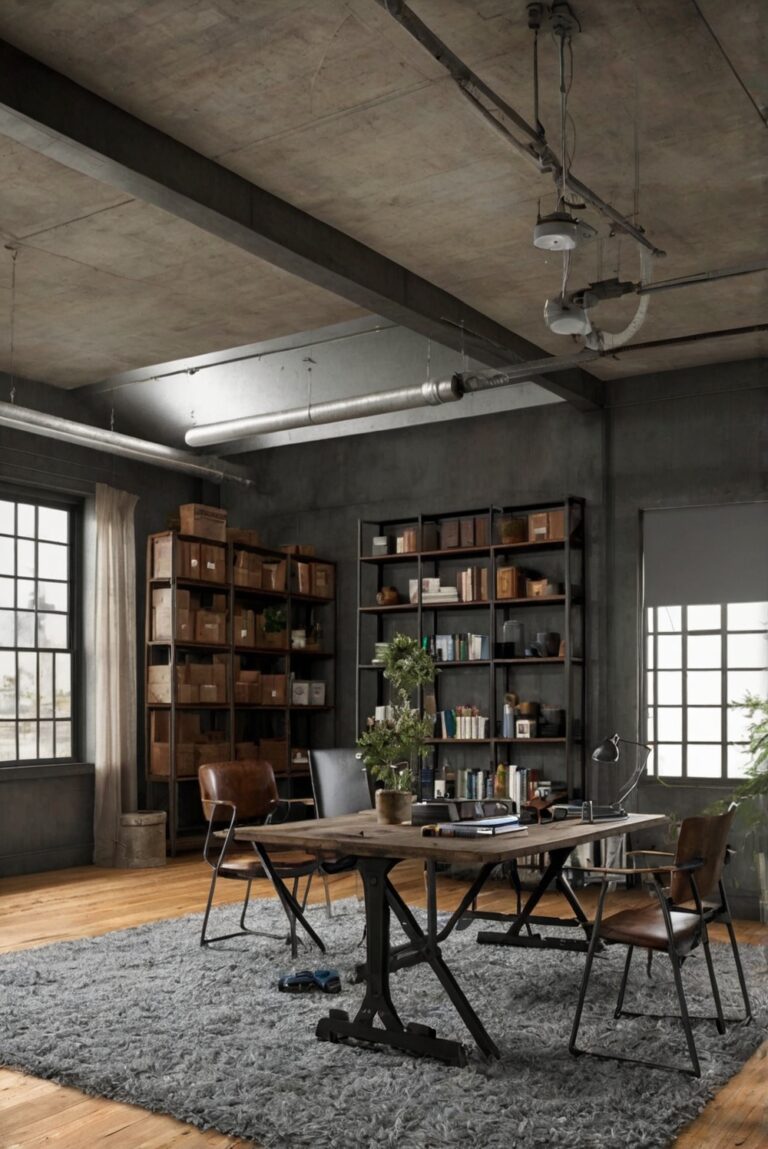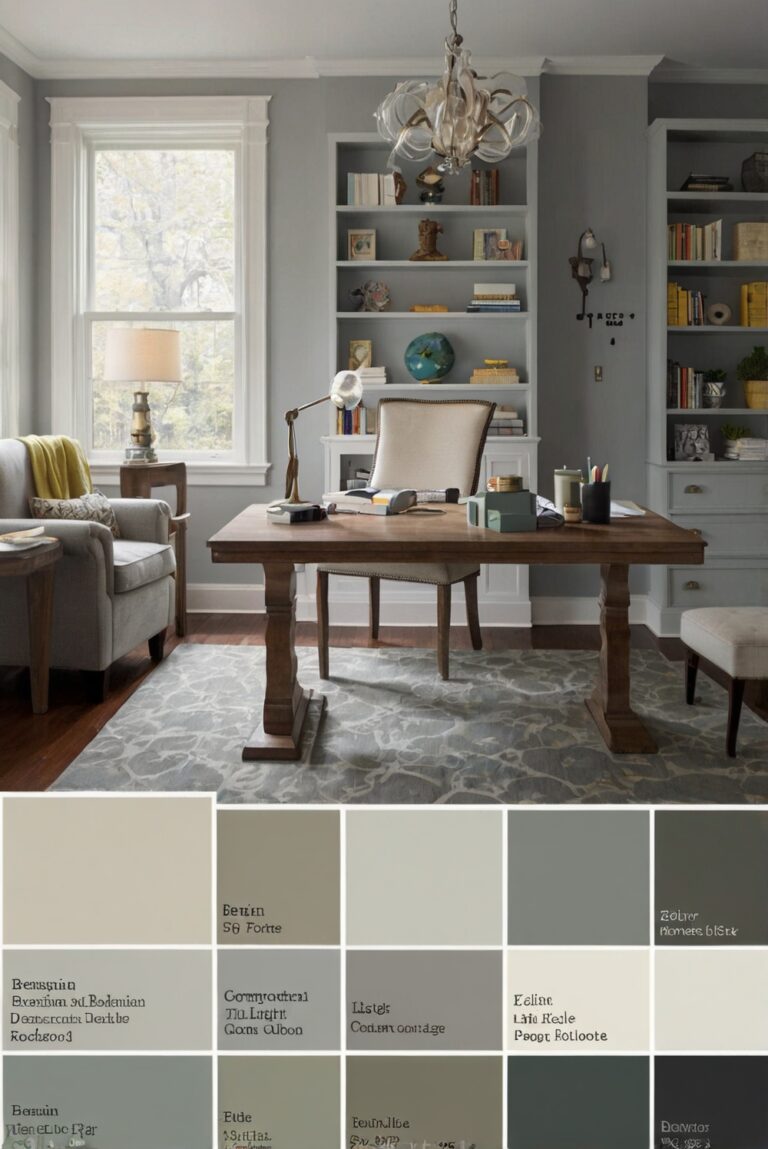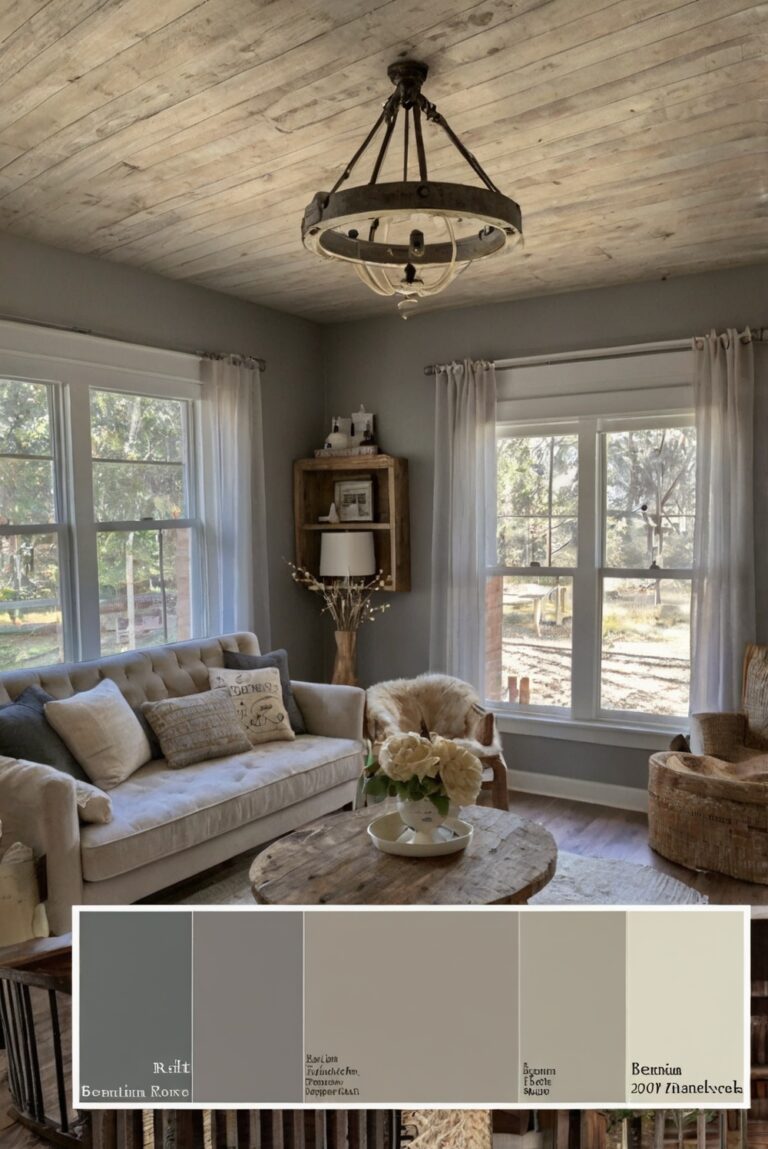Learn the advantages of incorporating task lighting into your home office design routine. Illuminate your workspace effectively and boost productivity with these decor tips.
What Are the Benefits of Task Lighting in a Home Office?
Increased Productivity and Focus with Task Lighting
Task lighting in a home office provides focused illumination where it’s needed most, such as the desk area. This type of lighting helps reduce eye strain, making it easier to read, write, and work on a computer for extended periods. By having proper lighting, you can enhance your productivity and concentration levels, allowing you to complete tasks efficiently.
Additionally, task lighting improves the aesthetics of your home office, adding a touch of style and functionality to the space. It also prevents shadows and glare, creating a more comfortable and inviting work environment. To fully benefit from task lighting, consider using adjustable lamps or pendant lights positioned strategically to optimize brightness and minimize shadows while complementing your home decor.
Benefits of Task Lighting in a Home Office
1. Increased Productivity: Task lighting in a home office helps to illuminate specific work areas, reducing eye strain and fatigue. Proper lighting can enhance focus and concentration, leading to improved productivity.
2. Eye Comfort: Adequate task lighting reduces glare and shadows, creating a comfortable environment for working. It helps prevent eye strain, headaches, and other discomforts associated with poor lighting conditions.
3. Enhanced Visibility: Task lighting ensures that details on documents, screens, or other work materials are clearly visible. This promotes accuracy and precision in tasks, reducing errors and enhancing overall work quality.
Importance of Task Lighting Design
4. Customization: Task lighting allows for personalized lighting solutions based on individual needs and preferences. Adjustable fixtures and brightness levels cater to specific tasks and user comfort.
5. Energy Efficiency: Properly designed task lighting can contribute to energy savings by focusing light where it is needed most. LED bulbs and smart lighting controls help minimize energy consumption in a home office setup.
In conclusion, task lighting plays a crucial role in enhancing the functionality and comfort of a home office. By providing adequate illumination, reducing eye strain, and improving visibility, task lighting contributes to a productive and ergonomic work environment. Designing task lighting solutions tailored to individual needs and incorporating energy-efficient options further enhances the benefits of task lighting in a home office setting.
1. How does task lighting improve productivity in a home office?
Task lighting in a home office helps reduce eye strain and fatigue by providing focused light on the task at hand, such as reading, typing, or writing. Proper lighting can enhance concentration and productivity, as it creates a comfortable and well-lit workspace. Studies have shown that good lighting can increase work performance and overall job satisfaction. By having adequate task lighting in your home office, you can work more efficiently and effectively without straining your eyes or feeling tired quickly.
2. What are the health benefits of using task lighting in a home office?
Using task lighting in a home office can have numerous health benefits, such as reducing eye strain, headaches, and fatigue. Proper lighting can help prevent eye discomfort and vision problems that may arise from working in poorly lit environments. Additionally, task lighting can improve posture and reduce the risk of musculoskeletal issues by providing adequate illumination for reading and working on tasks. By investing in quality task lighting for your home office, you can create a healthier and more comfortable workspace that promotes overall well-being.
3. How does task lighting impact mood and mental well-being in a home office?
Task lighting plays a crucial role in setting the ambiance and mood of a home office, which can have a significant impact on mental well-being. Bright, focused lighting can create a sense of alertness and energy, helping to boost mood and motivation. On the other hand, softer, warmer lighting can promote relaxation and calmness, facilitating a more peaceful and stress-free work environment. By adjusting the intensity and color temperature of task lighting in your home office, you can create a space that enhances your mood and mental well-being, ultimately leading to a more enjoyable and productive work experience.
4. How can task lighting improve visual comfort and reduce eye strain in a home office?
Task lighting is essential for improving visual comfort and reducing eye strain in a home office. By providing adequate illumination directly on the work surface, task lighting ensures that you can see clearly without squinting or straining your eyes. Adjustable task lights allow you to position the light source precisely where you need it, minimizing glare and shadows that can cause visual discomfort. Additionally, task lighting can help regulate the contrast between the screen and the surrounding area, reducing eye fatigue and enhancing visual clarity. By incorporating task lighting into your home office setup, you can create a visually comfortable environment that supports healthy eyesight and overall well-being.
5. What are the best types of task lighting for a home office?
When selecting task lighting for your home office, it’s essential to choose fixtures that provide optimal illumination for your specific work tasks. Adjustable desk lamps with swivel heads and dimming capabilities are popular choices for providing focused light where needed. LED lights are energy-efficient and produce bright, clear illumination ideal for reading and computer work. Under-cabinet lighting can illuminate work surfaces without taking up desk space, while floor lamps can provide ambient lighting in addition to task lighting. Consider the color temperature and brightness levels of the task lighting to create a comfortable and productive work environment in your home office.
